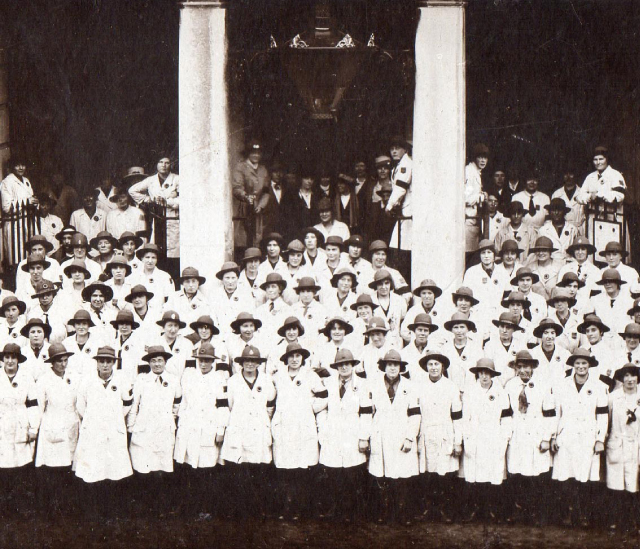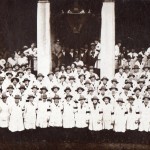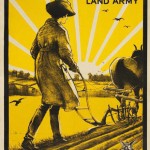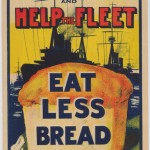Read this article to learn about the Women’s Land Army.
During the First World War, Britain faced the risk of starvation. Huge numbers of men had joined the army and, as a result, there were not enough men to work as farmers. Meanwhile German U-Boats sank ships in the Atlantic in a bid to prevent food from reaching Britain. To keep Britain’s farmland productive, the Women’s Land Army was created.
In 1917 the British harvest failed. With enough food for only a few more weeks the country faced, disaster, and likely defeat. In a bid to rescue the situation, it was decided to create the Women’s Land Army (WLA); a dedicated group for women to take over important jobs and tasks on farms.
Women had already been working the fields in Sussex since 1916. Lady Cowdray and the Countess of Chichester had worked to form Women’s Agricultural Committees in the county. These were designed to combat prejudices at the time in regard to women workers.
The Women’s Land Army participated in most forms of farming for the remainder of the war. Women milked cows, ploughed fields and harvested crops. In exchange for their services, they were generally paid 25 shillings a week minus 17 shillings for board.
Additionally, the Women’s Forestry Corps worked alongside the WLA in East Sussex. The Forestry Corps combined elements of military formation, uniform and discipline with the same objectives of the WLA. In 1917 and 1918, women felled trees in Heathfield and were also sent to work in the forests of Tunbridge Wells.
The Women’s Land Army was formally disbanded in 1919. Their efforts had ensured that the countrydid not starve during the last years of the war. However, the returning numbers of men from the battlefields meant that most women who had worked in organisations such as the WLA lost their jobs to make way for the men.
There was praise for their efforts though. In 1919, members of the Women’s Land Army from East Sussex were participants in a medal presentation and ‘stand down’ march through the town of Lewes.
Questions
1) Why was Britain struggling for food during the war?
2) Why were women needed to work the fields?
3) What happened to women working on farms when the war ended?
Images
- WW1 Land Army girls outside County Hall Lewes. Image courtesy of Bob Elliston
- Women’s Land Army in Britain © IWM (Q 30677)
- Women’s Land Army in Britain © IWM (Q-30657)
- Women’s Land Army in Britain © IWM (Q 30680)
- National Service – Women’s Land Army – God Speed the Plough and the Woman Who Drives It. © IWM (Art.IWM PST 5996)
- Propaganda poster about saving bread
- Eat Less Bread. Courtesy of Eastbourne Libraries
Click here to download a copy of this resource: First World War – Women’s Land Army – students















